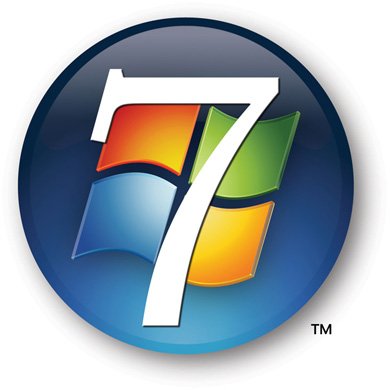
Windows Vista was the first of the Microsoft Windows operating systems to have been provided with a User Account Control (UAC). This feature aimed at enhancing the system security in Windows platforms that followed the multiple users account concept. The UAC technology has subsequently been replicated in Windows 7 (and Windows Server 2008 R2), albeit with certain modifications/additions to effectively address user concerns raised over the frequent interruptions caused by UAC prompts in Widows Vista.
UAC, which can be enabled only by an administrator, allows multiple users to easily share a single computer with unique settings and personal preferences. Users without administrative privileges will simply be entitled to standard user privileges that prohibit them to make any changes in the computer, except their own files.
In order to ascertain the status of a user, the UAC will prompt him to produce the authorization in the form of an administrator password before he can make any change to the settings or install/uninstall software and hardware. On the other hand, if one has logged on as local administrator, he has the authority to enable or disable the UAC and choose when to be alerted of about any change attempted in his computer.
Denial of administrative privileges to the non-administrators not only prevents any unauthorized changes in the computer, it also blocks entry of viruses, malware or spyware into the system by not permitting download of infected/illegitimate materials.
The UAC Alerts
Whenever a user tries to perform an action that involves changes to the computer or its settings, or that adversely affects other users, the UAC immediately alerts the user in the following manner:
-
Windows needs your permission to continue. In case the user tries to run a Windows program or function that might affect other users of the computer, the UAC will prompt him to accord permission to start and to type the administrator password if the user opts to continue.
-
A program needs your permission to continue. This message is flashed seeking permission of the user to run a non-Windows program (albeit with a valid digital signature from its originator).
-
An unidentified program wants access to your computer. An alert that warns of an unidentified program without a valid digital signature from its originator - but a program that is not necessarily illegitimate - seeking access to the computer.
-
This program has been blocked. This message is displayed when a standard user runs a program that has been already blocked by the administrator. In such a situation the administrator is the one who can accord permission to unblock the program.
It is important that a user knows what action to take in case he is prompted by the UAC with a specific message. He must read it carefully and be aware of the repercussions before making a decision.
Enabling/Disabling the User Account Control
While Windows Vista has only two settings for UAC in the form of “On” and “Off”, Windows 7 has a few more options provided to further simplify the technology. This modification is intended to increase the users’ comfort level and make the UAC in Windows 7 more user-friendly.
The user begins by typing “UAC” in the start menu/control panel search box and then clicks on “Change User Account Control Settings” appearing in the control panel window. The next screen will display the “User Account Control Settings” with a slider to select one of the following four options:
-
Always Notify. This setting is selected when the user wants to be notified about programs that install/uninstall software/hardware or try to make any changes (including changes attempted by the user himself) in the computer.
-
Notify me only when programs try to make changes to my computer. This is the default setting to notify the user about programs attempting changes (but not about changes being tried by the user himself).
-
Notify me only when programs try to make changes to my computer (do not dim my desktop). This setting is selected if the user wants to be notified about all the changes being attempted without his desktop being dimmed (but not about changes being tried by him).
-
Never Notify. The user does not opt for any kind of notification. In other words, he wants the UAC practically disabled in his computer.
While disabling UAC in Windows 7 may seem to be a lot simpler than what it is in Vista, a user should preferably keep it enabled after deciding on the right setting. For a sensible user, it is better not to compromise with the system security simply to get rid of a few annoying UAC popups while working on his computer.
source: suite101


